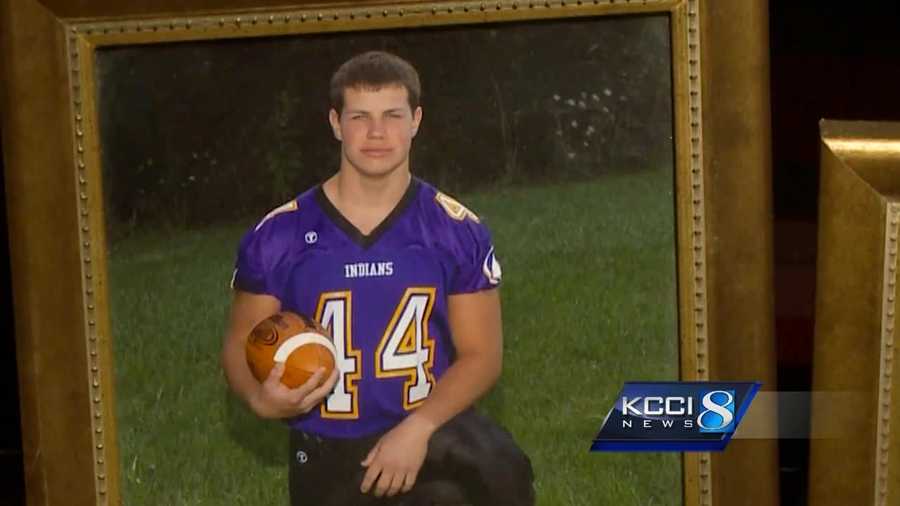From the Introduction:
When You Watch Your Next Football Game...
Free Stock Photo
From high school to college to professional levels, football dominates American sports and exposes millions to head traumas on practically every play.
It is a paradox of wide proportions. From opening day in September to the Super Bowl in February, the National Football League (NFL) dominates American sports and wins television ratings far beyond any other program--sports or otherwise.
(Also available on Amazon and Kindle.)
 |
| Click here for FREE PDF Flipbook. |
Increasingly, though, discussions of football (and other sports) include the medical terms concussion and chronic traumatic encephalopathy (CTE), a long-term degenerative and incurable brain disease. Although military personnel and others are vulnerable to the disease, the highest risk is among athletes involved in contact sports in which hits to the head are considered “part of the game.”
Ten years ago, few would have predicted that the movie “Concussion” starring Will Smith would be made. Fewer would have predicted that brain injuries would one day dominate the sports headlines. When former NFL star Junior Seau committed suicide in May 2012, the media focused almost entirely on whether the thousands of head blows he endured during his 19-year career as a middle linebacker were a contributing factor.
More than 3,000 former NFL players sued the league for allegedly misleading them about the risks of brain injury. The players and the league settled for more than $1 billion in damages. New policies and studies aimed at protecting the brains of athletes seem to be announced every week. But it’s not just professional athletes who are the focus of attention. No fewer than 40 states have passed laws requiring athletes in schools and recreational programs to schedule a doctor’s appointment when a concussion is suspected.
A progressive, degenerative brain disease, CTE can present itself in athletes and others with a history of repetitive brain trauma months, years, or even decades after injury. Memory loss, confusion, depression, aggression, impaired judgment or impulse control, and, eventually, progressive dementia may result.
With this increasing awareness about the dangers of concussion, parents face tough choices about which sports their children should be allowed to play. Some of the more
New rules have since been designed to lessen brain trauma; but with every new horror story that emerges on the sports pages, parents worry even more.
dangerous sports for the brain, such as football, soccer, ice hockey, and lacrosse, are also the most popular. Although everyone agrees that brain trauma may have lasting and debilitating effects, and science continues to make slow progress toward understanding the disease, we cannot yet entirely quantify those effects. As a result, parents and even medical professionals are left to search their hearts and scour Web sites for answers. But a decade’s worth of research has made one thing clear: We need to find better ways to protect the brains of athletes.
Difficult to Measure
Concussions suffer from a perception problem. On the surface, they might not seem to have a lasting, serious impact. (In fact, sports programs and commentators continue to celebrate the most impactful “hits,” using euphemisms such as “getting your bell rung.”) They are an invisible injury: There is no blood, there are no displaced bones, and the patient rarely complains. Even when an athlete is knocked unconscious and observers react with panic, the concern quickly fades. Ninety-nine percent of concussed athletes wake up in seconds or minutes and then seem fine. When symptoms persist beyond the day of injury, in the vast majority of cases they dissipate within a month. The injury seems as if it is gone forever, leaving no scars or overt indication that it ever happened.
Children at Risk
Most brain trauma in the industrialized world occurs in children playing sports. Since participation is voluntary, and the rules of recreational sports are malleable, it seems reasonable to make every effort to reform each individual sport....


